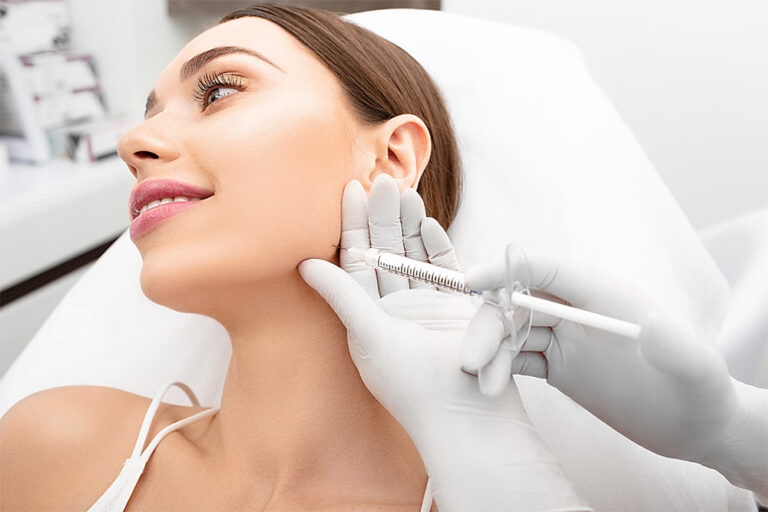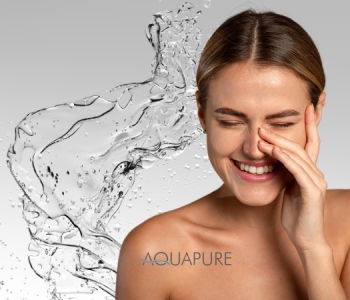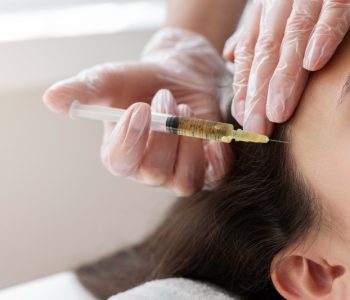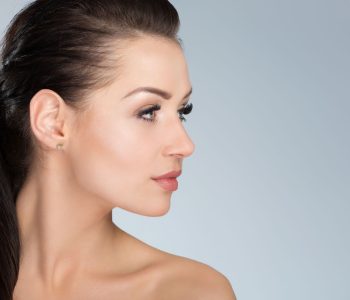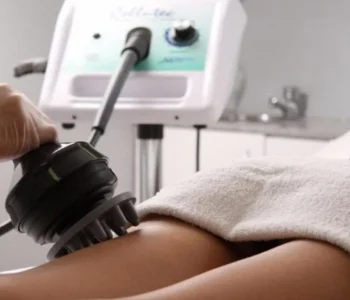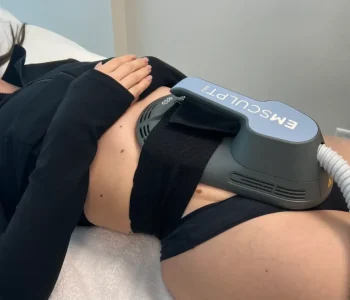
Orta Yüz Dolgusu
Özellikle 20'li yaşların sonlarından 30'lu yaşların başlarına kadar yanaklar gençlik dolgunluğunu kaybetmeye başlar. Bu durum, yağ dokusunun hacminin azalması ve onları yerinde tutan bağ dokularının gevşemesi sonucu yer değiştirmeye ve sarkmaya neden olur. Orta yüz bölgesi düzleşir, alt göz kapağı ile yanak arasındaki ilişki bozulur, göz altı yorgun görünür, nazolabial bölgedeki kıvrımlar artar, ağız köşeleri aşağıya doğru çökerek üzgün bir ifade oluşur ve sarkma meydana gelir. Yüzün alt kısmında da devam ederek çene çizgisi ile boyun arasındaki keskin geçişi bozar.
Tüm bu değişiklikler yavaş yavaş meydana gelir ve yavaş gelişmeleri nedeniyle çoğu zaman ilk olarak fotoğraflarda fark edilir.
Gençlikte yüz ters üçgen şeklindedir ancak zamanla giderek daha dikdörtgen bir forma bürünür.
Orta yüz dolgusunun amacı, hyaluronik asit dolguları ile zamanla kaybedilen dokuların yerine konması, yorgun ve üzgün ifadenin azaltılması, aşağı doğru sarkan dokuların vektörel kuvvetlerle yukarıya doğru kaldırılarak desteklenmesidir. Orta yüz dolgusu, sağlam bir destek sağlamak ve bu bölgelere ihtiyaç duyulan dolgu miktarını azaltmak amacıyla genellikle göz altı dolguları, nazolabial dolgular veya çene hattı dolgularından önce tercih edilir. Yüzün dikdörtgen görünümünü azaltarak oval, kavisli ve belirgin yüz özelliklerinin yenilenmesine yardımcı olur.
Orta Yüz Dolgusu Nasıl Yapılır?
Orta yüz dolgusu uygulaması, alanında tecrübeli bir uzman tarafından yapılmaktadır. İşlem öncesinde, beklentilerinize, ihtiyaçlarınıza ve cilt yapınıza uygun olan dolgu maddesi belirlenir. Ardından, işlem yapılacak alan temizlenir ve genellikle lokal anestezik krem uygulanır. Bu aşamadan sonra, bu özel ürün ince bir iğne yardımıyla derinize enjekte edilir. Uygulama genellikle 15 ila 30 dakika sürer ve hemen günlük yaşantınıza geri dönebilirsiniz.
Orta Yüz Dolgusu Kimlere Uygulanabilir?
Orta yüz dolgusu, yaşlanma belirtilerinden mutsuz olan ve onlarla mücadele etmek isteyen, yani daha genç ve canlı bir görünüm elde etmek isteyen yetişkinlere uygulanabilir. Ancak herkes için uygun olmayabilir. İşlem öncesinde uzmanınız, genel sağlık durumunuzu ve cilt yapınızı değerlendirerek uygun aday olup olmadığınıza karar verir.
Yine uygulama öncesinde, uzmanınızın önerilerine harfiyen uymalı ve varsa alerjik reaksiyon geçmişinizi kendisiyle paylaşmalısınız. Ayrıca, kan sulandırıcı ilaçlar veya aspirin gibi maddeler kullanıyorsanız, bunun bilgisini de vermelisiniz. Operasyon sonrasında, size tavsiye edilen şekilde bakım talimatlarına uygun davranmanız kalıcılık adına oldukça önemlidir.
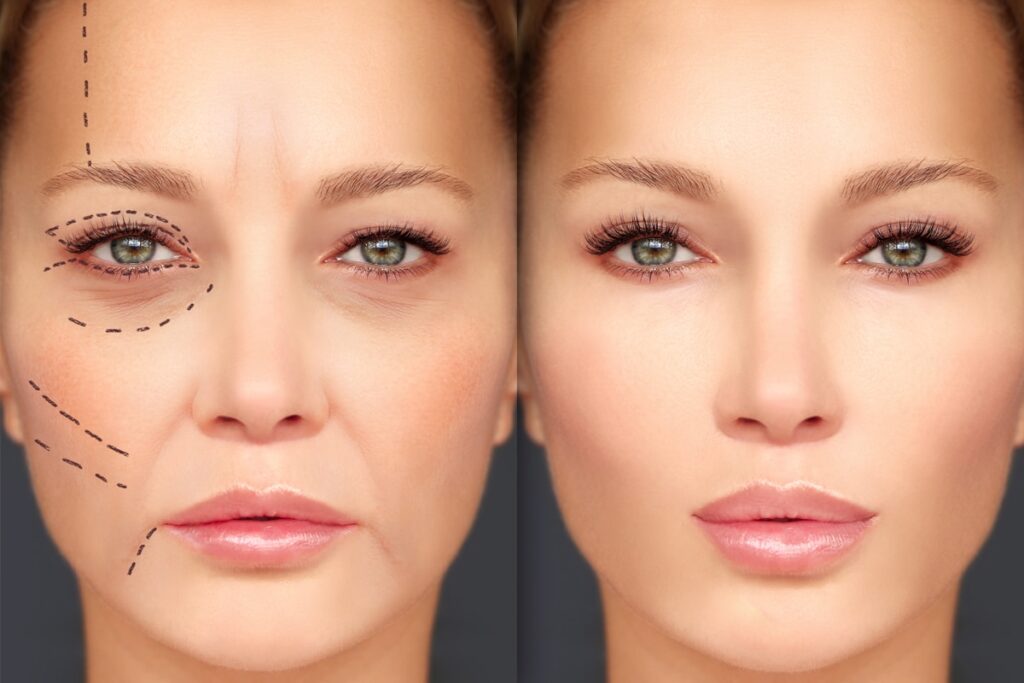
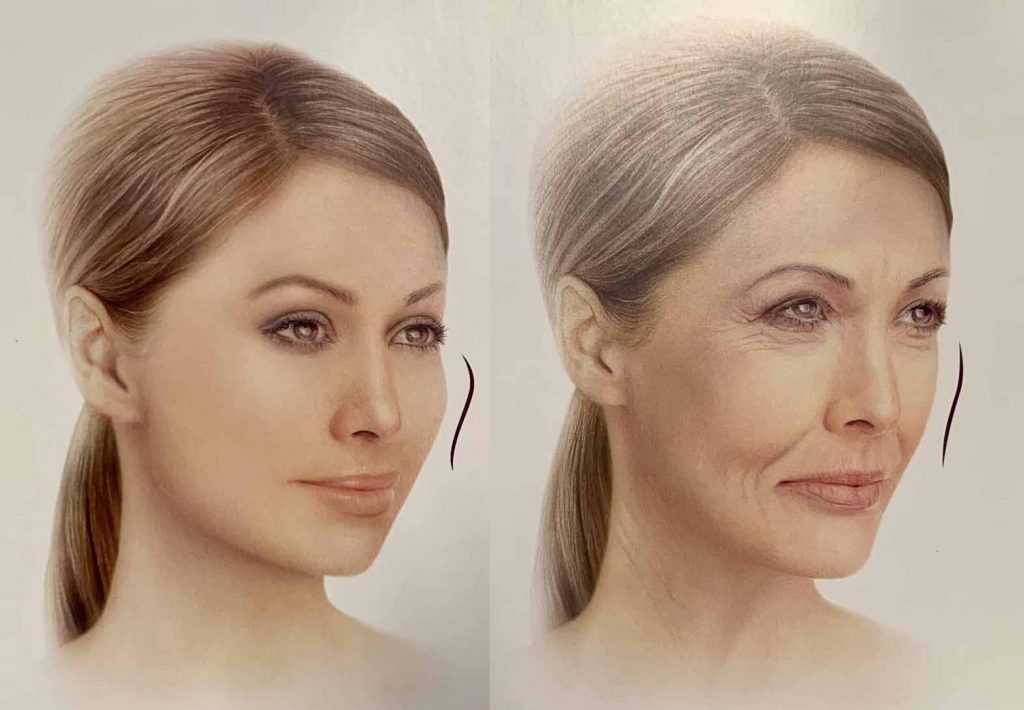
Orta Yüz Dolgusu Kaç Yaşında Yapılmalı?
Genel uygulamaya göre 18 yaşının üzerinde olan kişiler için dolgu ve benzeri estetik operasyonlar yapılabilir. Ancak asıl uygulamalar cildin ihtiyacına göre farklılık gösterir. Genellikle otuz yaşından sonra ciltte kırışıklıklar ve volüm kayıpları ortaya çıkmaya başladığından bunları önlemek ve kötü görünümünü minimum düzeye indirmek için yüz dolgusu uygulamaları tercih edilir.
Orta Yüz Dolgusu Ne Zaman Etkisini Gösterir?
Dolgu işlemi hastanın cildinde anında etki göstermeye başlar. Uygulamanın ardından ortalama bir ay sonra dolgu maddesi tamamen cilt ile bütünleşir, yayılır ve estetik bir görünüm elde edilir. Genellikle yapılan dolgular kalıcı olmasa da ortalama 8-12 ay boyunca bu görünüm devam eder. Dolguda çoğu insan için ideal süre 8 ile 12 ay arasındadır. Dolgunun oturması için 20-30 gün süre geçmesi tavsiye edilir. Dolgu anında etkisini gösterse de cilt ile uyum sağlaması için beklemekte fayda vardır.
Orta Yüz Dolgusunun Maliyeti Ne Kadar?
Türkiye’de Sağlık Bakanlığı’na bağlı lisanslı sağlık kuruluşlarının estetik işlem maliyetlerini online olarak paylaşmasına mevzuat gereği izin verilmemektedir. Doğru fiyat bilgisi için doğrudan Dr. Ferda Karataş – Medikal Estetik ile iletişime geçmenizi öneririz. Web sitemizde iletişim bilgilerimize ulaşabilir ve uzman ekibimizle fiyatlandırma hakkında bilgi alabilirsiniz.

